What You Need to Know Before Free Bleeding
When you printing on your vehicle's brake pedal, it's brake fluid that does the work. Your leg action moves a plunger in the brake principal cylinder that pumps brake fluid through the brake lines and out to the brakes. The fluid applies pressure level to the restriction pads, which squeeze your vehicle'southward brake discs (or motion brake shoes into contact with the brake drums) and irksome y'all down.
Brake fluid is the lifeblood of the brake system, and it is designed to work properly for several years before needing replacement. Over time, restriction fluid loses its moisture resistance and begins to blot small amounts of water, which not simply reduces brake operation but besides tin corrode key parts of the organization. Replacing the fluid at advisable intervals is a cheap and constructive style to ensure that you're motoring in a condom vehicle, and it also can help you avert having to pay for expensive brake repairs later on.
An essential part of replacing brake fluid is haemorrhage the system. That only means ridding the restriction system of trapped air, just some of the one-time fluid is expelled besides. (Fully replacing the fluid is essentially an extended bleeding session.) Bleeding the brake system is something that anyone who's even marginally handy with tools can accomplish at home with the help of an able assistant. Here's how to bleed your brakes in a dozen piece of cake steps.
Step 1: Consult your possessor's manual to see which specific type of brake fluid your vehicle requires. (It's besides skilful to know at what intervals the manufacturer requires that information technology exist replaced.) There are several different types of brake fluid, and they don't mix well. Head downward to the auto parts store or dealer'south parts department to pick up the right fluid earlier you get-go working on the brakes. Proficient-quality brake fluid isn't expensive; you'll probably need two or three 12-ounce cans to drain the system.
Pace 2: Jack upward your vehicle on level, solid ground (preferably a garage floor or driveway) and support it with four jack stands placed at the jacking points shown in the owner's transmission. (You tin always prop it up on cinder blocks if you want your neighbors to start worrying almost their property values.) Information technology needs to be safely on solid footing while up in the air; the process of bleeding brakes will have you climbing partially under the car at times. Remove all iv wheels.
STEP 3: Locate each of the 4 caliper bleeding screws, 1 of which is shown in a typical location in the to a higher place illustration. (Drum brakes also have similar bleeder screws.) Effort to loosen them gently, but if they resist, don't twist the wrench with all of your might. If they're hard to pause loose, spray them with penetrating oil, let information technology soak in for a half-60 minutes, and and then endeavor to loosen them again. If they snap off or strip, finish at one time and have your vehicle to a shop and permit a professional person deal with the issue. Once yous've loosened each bleed screw, snug it back up again; you lot'll be bleeding one brake at a time, and the other screws need to be closed and so no air gets sucked into the system. Air bubbles are the enemy of brakes systems; they brand your brake pedal feel mushy and reduce the arrangement's performance.
Pace iv: Become the hood up and check the fluid level in the brake master cylinder reservoir. Its location is likely shown in your owner'south manual. Add fresh fluid if it'south lower than the marked "full" line on the clear reservoir. Make certain you've got the correct fluid for your vehicle (come across step one). During restriction haemorrhage, the primary-cylinder cap should be left unscrewed but all the same in identify atop the reservoir. Each brake must be bled in the right sequence. By and large, you bleed the brake virtually distant from the master cylinder first, but some cars require a different society. That information is bachelor in the factory transmission or from your dealer'southward service department.
Stride 5: Fit 1 end of a piece of clear tubing (usually ¼-inch in diameter) tightly over the end of the bleeder screw of the first brake yous'll be bleeding, and put the other finish into a grab container—a discarded beer tin can or plastic soda canteen volition practise. Make sure the tubing is long enough so that you tin hang the catch container above the height of the bleeder spiral; this volition continue any air trapped in the tubing from sneaking back into the caliper.
STEP 6: Information technology's time to get your able assistant involved. With the car'due south engine off, take your helper pump the brake pedal for several strokes until they feel solid resistance underfoot. The assistant should shout "Pressure level!" when a firm pedal is accomplished. Take them maintain force per unit area on the pedal.
Stride 7: While the assistant maintains pressure on the pedal, open the bleeder spiral a small-scale corporeality. Fluid will laissez passer through the articulate tube, and the pedal will begin dropping toward the floor. Take them proceed pressing the pedal towards the floor.
Footstep 8: Just earlier the pedal reaches the floor, the assistant should yell "floor!" or "downwards!" Quickly close the bleeder spiral the moment that you lot hear that alarm. Now check the master cylinder reservoir's fluid level; add brake fluid if necessary to go along it topped up.
STEP 9: Repeat steps six through eight at least five times at that wheel location until the stream of fluid flowing through the clear tubing is complimentary of air bubbles.
STEP ten: At present echo steps six through 9 at the remaining three brake locations in the proper sequence. That means moving from the wheel uttermost away from the main cylinder to the one adjacent closest and so on.
Stride 11: When you've completed bleeding all four brakes, inquire your banana to apply full attempt to the restriction pedal followed by an precipitous release of that effort. Observe the motion of the fluid in the master-cylinder reservoir. If there is a substantial fluid eruption, at that place are air bubbles still trapped in the system. Yous must echo the bleeding procedure to remove that air. A small-scale disturbance in the fluid, however, indicates a properly bled brake organisation.
Footstep 12: Double-check that all the bleeder screws are tight. Again, apply solid force per unit area just not all of your strength to tightening them—y'all don't want to snap them off—before reinstalling the car'southward wheels. Congratulations, you're done!
This content is imported from YouTube. You may be able to find the aforementioned content in some other format, or yous may be able to notice more than data, at their spider web site.
This content is created and maintained by a third party, and imported onto this page to help users provide their email addresses. You may be able to observe more than data nigh this and similar content at pianoforte.io
What You Need to Know Before Free Bleeding
Source: https://www.caranddriver.com/features/a15125166/how-to-bleed-your-brakes/

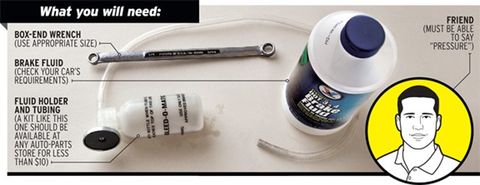

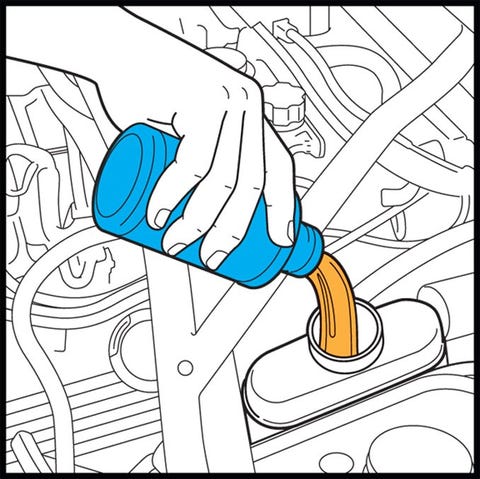
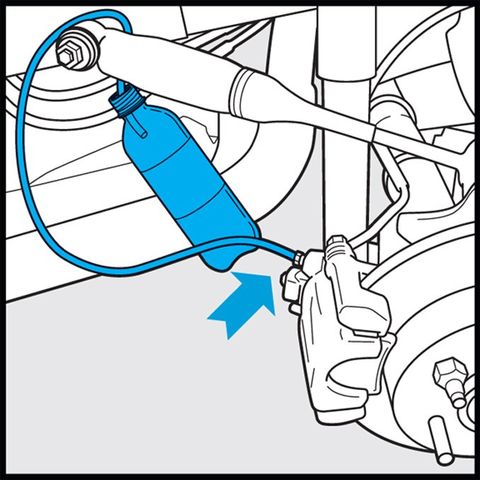
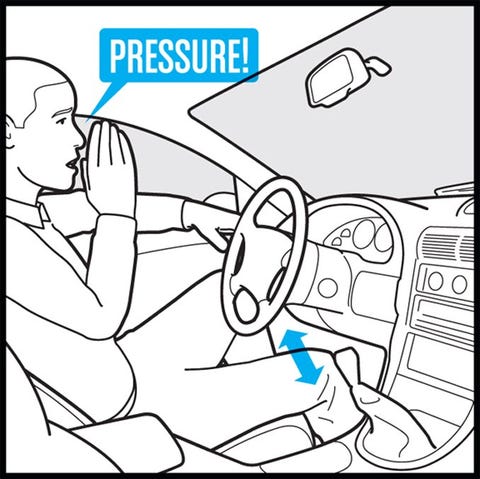
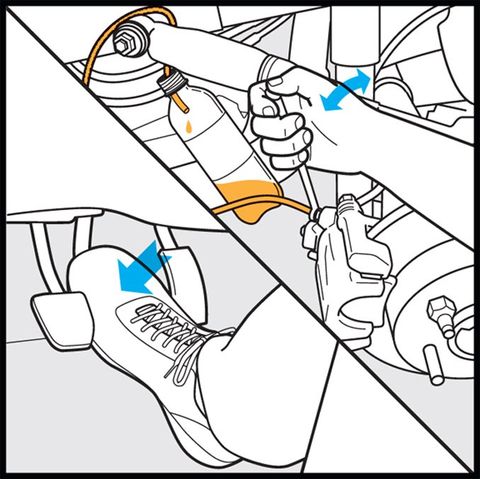

0 Response to "What You Need to Know Before Free Bleeding"
Post a Comment